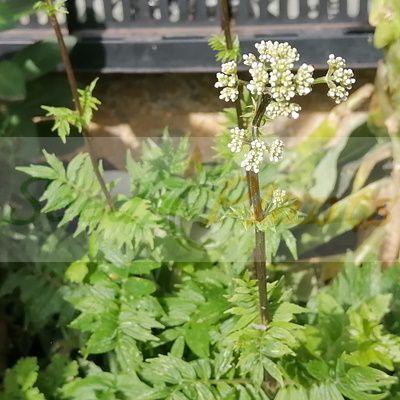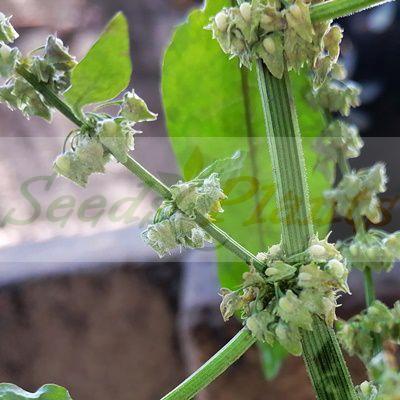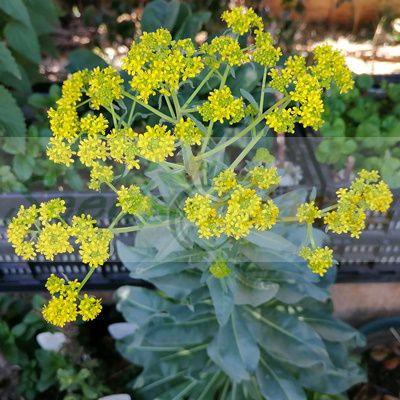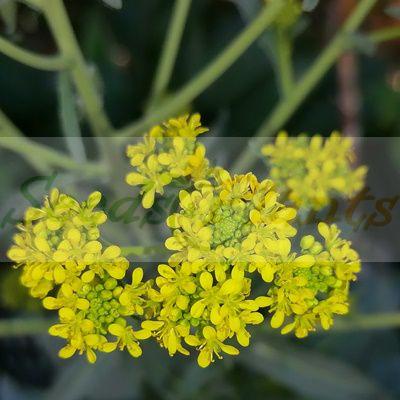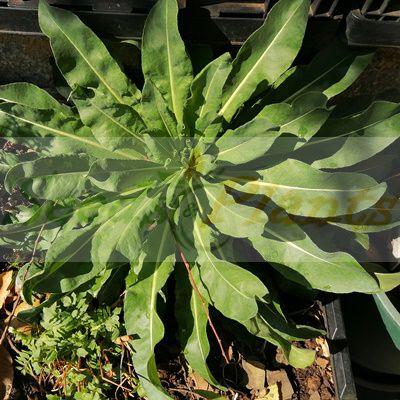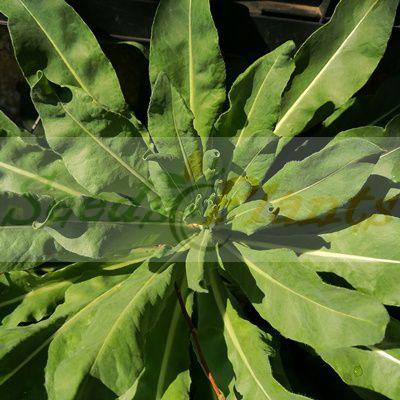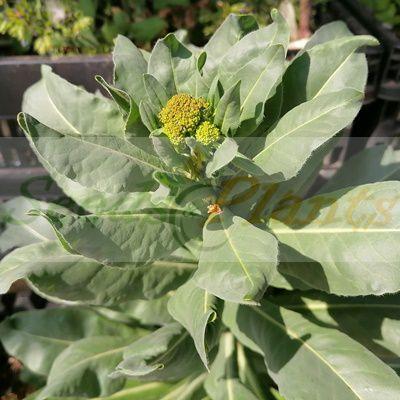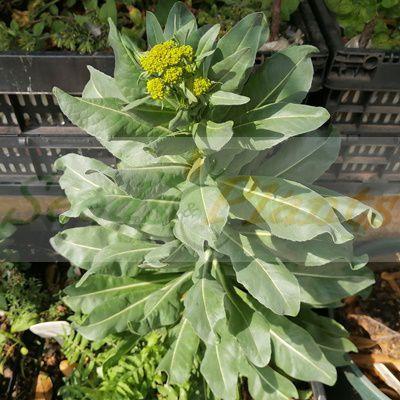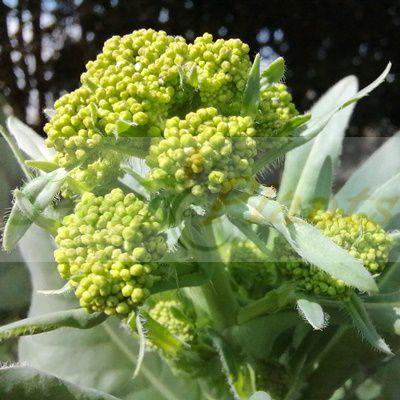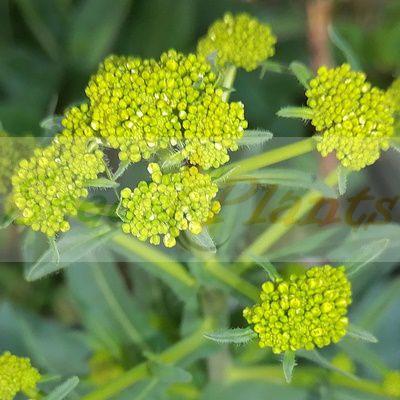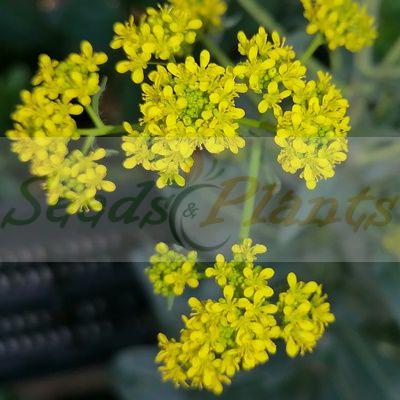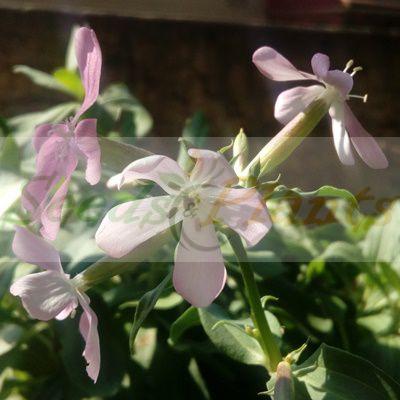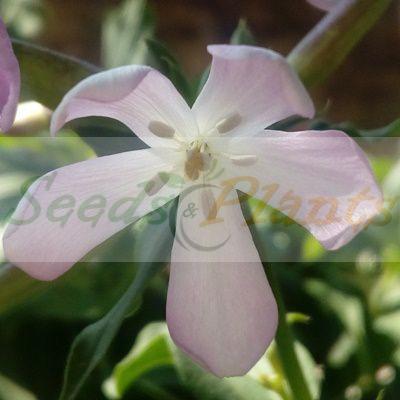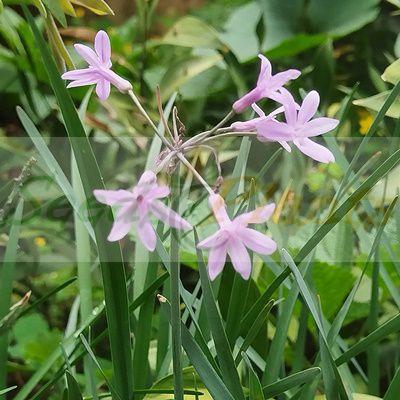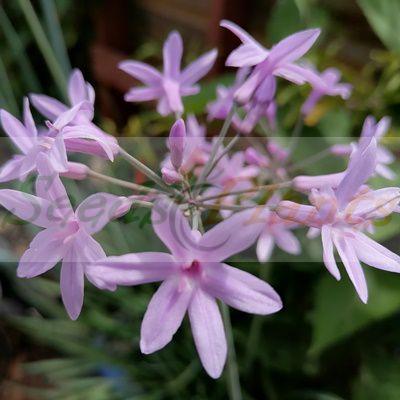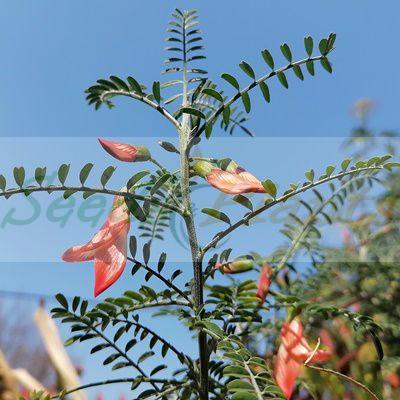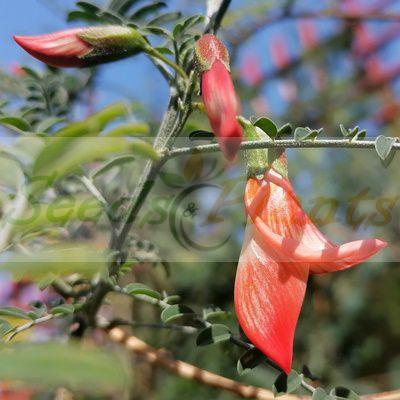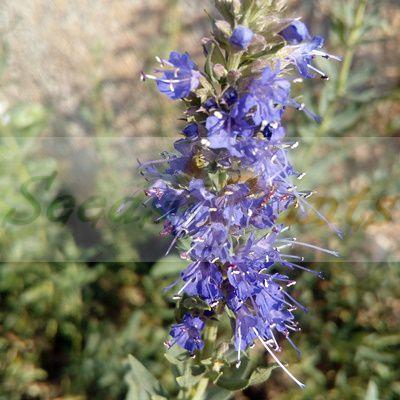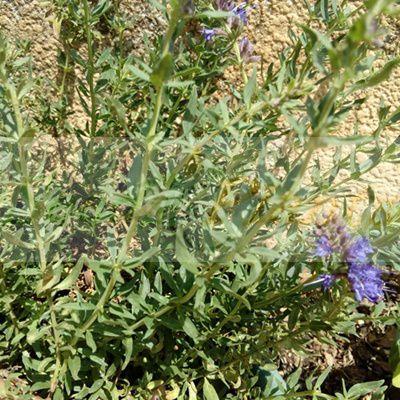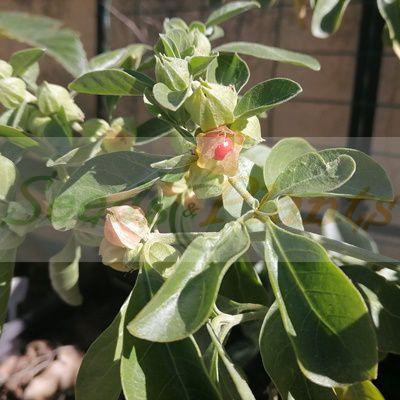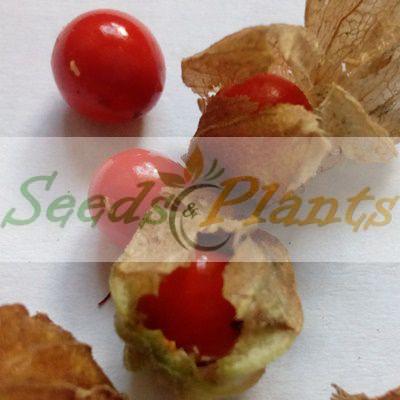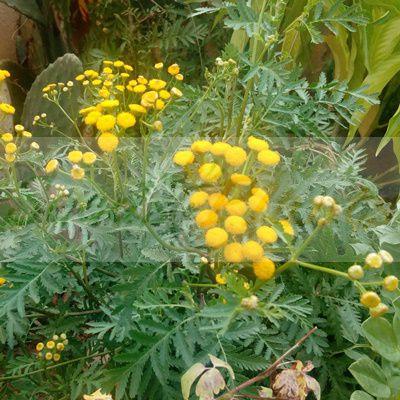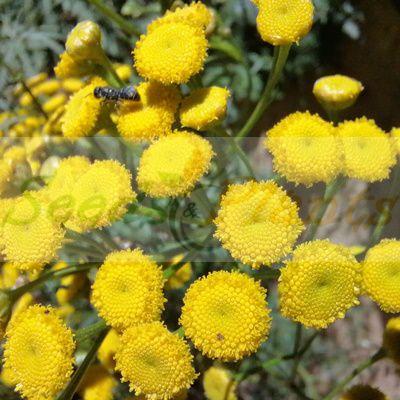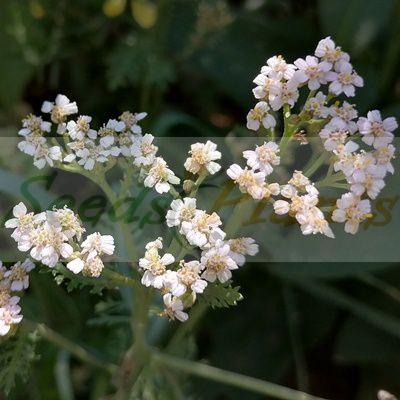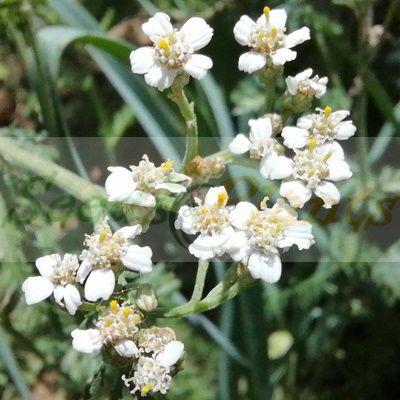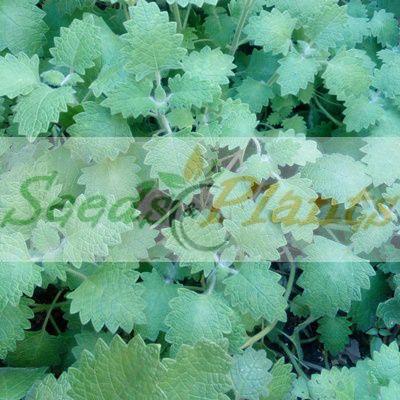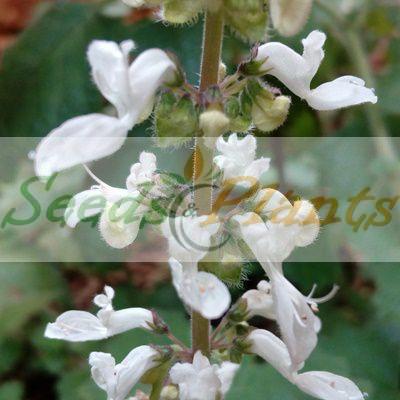🌿 Herbal Quick Facts
Medicinal Info
- 🌍 Origin / Region: Eurasia
- 🌿 Medicinal Part: Leaf, Root
- 🍵 Herbal Preparation: Decoction, Extract / Tincture, Poultice, Powder
- ⚕️ Healing System: Ayurvedic System of Medicine, Chinese Traditional Medicine, European Traditional Medicine, Siddha System of Medicine, Unani System of Medicine
Growth Traits
- 🌱 Life Cycle: Biennial
- 🌾 Plant Type: Herbaceous Biennial
- 🦋 Pollinator Method: Attracts Bees, Attracts Hoverflies
- 🪴 Growth Habit: Basal Rosette, Upright
- 🌸 Flower Color: Yellow
Growing Requirements
- 🌞 Sun Exposure: Full Sun, Partial Shade
- 💧 Water Needs: Avoid Overwatering, Regular Water
- ☀️ Growing Conditions: Cold Tolerant, Frost Tolerant, Heat Tolerant, Low drought tolerance
- 🟤 Soil Preference: Chalky, Clay, Loam, Sandy, Well-Drained
Woad – 2 Seeds
(Isatis tinctoria)
R50.00
Woad plants have long been used in traditional Chinese medicine because of their antibiotic and antiviral properties.
Common Names: Woad, dyer’s woad and pastel.
Indoor Sowing: Not Recommended.
Direct Sowing: Spring and Autumn.
Out of Stock
Email me when the product is back in stock.
🌿 Herbal Quick Facts
Medicinal Info
- 🌍 Origin / Region: Eurasia
- 🌿 Medicinal Part: Leaf, Root
- 🍵 Herbal Preparation: Decoction, Extract / Tincture, Poultice, Powder
- ⚕️ Healing System: Ayurvedic System of Medicine, Chinese Traditional Medicine, European Traditional Medicine, Siddha System of Medicine, Unani System of Medicine
Growth Traits
- 🌱 Life Cycle: Biennial
- 🌾 Plant Type: Herbaceous Biennial
- 🦋 Pollinator Method: Attracts Bees, Attracts Hoverflies
- 🪴 Growth Habit: Basal Rosette, Upright
- 🌸 Flower Color: Yellow
Growing Requirements
- 🌞 Sun Exposure: Full Sun, Partial Shade
- 💧 Water Needs: Avoid Overwatering, Regular Water
- ☀️ Growing Conditions: Cold Tolerant, Frost Tolerant, Heat Tolerant, Low drought tolerance
- 🟤 Soil Preference: Chalky, Clay, Loam, Sandy, Well-Drained
Woad (Isatis tinctoria) is an erect biennial that grows to between 1-3 feet in height. Its leaves are bluish green overlaid with a powdery white fluff. The plant blossoms with small yellow flowers in the spring of its second year of growth and develops into blue/black fruit. The plant was cultivated for centuries as a medicinal and source of blue dye. Beyond dye use woad has also long been used in traditional Chinese medicine, where the root is often used for this purpose.
Woad Uses
The dye chemical extracted from Woad is indigo – it is the same dye extracted from “true indigo”, Indigofera tinctoria, but in a lower concentration.
Woad Medicinal Benefits
Woad plants have long been used in traditional Chinese medicine because of their antibiotic and antiviral properties.
- The root is antibacterial, anti-viral and anti-parasitic and extracts from the root are known as Ban Lang Gen.
- The dried root (processed into granules and dissolved in hot water or tea) is called Banlangen Keli and is popular throughout China, where it is used to remove toxic heat, soothe sore throat and to treat influenza, measles, mumps, syphilis and scarlet fever.
- It is also used for pharyngitis, laryngitis, erysipelas, carbuncle, to prevent hepatitis A, epidemic meningitis and inflammation.
- Certain compounds in the roots have anti-cancer activity and root extracts have been used to treat patients with solid tumors and leukemia – a traditional usage that led to the purification of the component compound indirubin.
- Extracts from the leaf are known as Da Qing Ye. Woad leaves contain alkaloids and agents with anti-inflammatory, anti-allergic, antibacterial, anti-cancer, anti-viral, astringent and febrifuge properties.
- Leaf extracts are used to clear heat and toxins from the blood and has been used in traditional medicine for the control of pathogenic organisms, including viruses and the treatment of infections, specifically encephalitis, meningitis, upper respiratory infection and gastroenteritis.
Growing Woad
Indoor Sowing: Not Recommended.
Direct Sowing: Spring and Autumn.
- Woad usually does best in full sun but can also grow well in part shade.
- It grows well in most well-draining soils, but it prefers alkaline soil.
- Indoor sowing is not recommended. Seeds should be direct sown in Spring or Autumn.
- Sow Seeds thinly spaced out in long rows,.
- Lightly cover the seeds with a layer of soil.
- Soak the soil gently with water.
- Germination can be erratic, so patience is required.
- Thin seedlings if multiple pop up in a small area, you can transplant them if you wish – giving each plant about 30cm between them.
- Woad usually flowers in the second year, about 20 months after sowing.
- Water and weed regularly.
- Applying extra nitrogen allows for the woad to produce darker colors, which is better for dying.
- Woad will deplete the soil after a couple years and should be rotated properly.
- Remove flowers to prevent woad from self-seeding and spreading, which can happen quickly. Remove woad flowers as they fade and before they develop seed pods.
- If collecting the leaves for dye, remove all the leaves at once, leaving as much stem as possible to allow the plant to regrow.
Does this plant have medicinal uses?
Traditionally, Woad has a history of use in various healing systems, including Ayurvedic System of Medicine and Chinese Traditional Medicine. Seeds are sold for cultivation purposes only.
Disclaimer
Medicinal Information:
All medicinal information on this website is for educational and informational purposes only and may not be construed as medical advice. The information is not intended to replace medical advice or treatment offered by healthcare professionals.
Seeds, Plants, Plant Cuttings, Geophytes and Dried Herbs:
In some countries and provinces, certain plants are deemed as invasive and are not allowed to be planted at all, whilst some plants are allowed to be grown only in certain areas or provinces. The onus is on you as the buyer to familiarize yourself with the regulations pertaining to your location, before purchasing any of our seeds, plants, plant cuttings, geophytes or dried herbs. We will not be held liable, should you purchase any seeds, plants, plant cuttings, geophytes or dried herbs. from us which are prohibited in your country or province.

